The Germany Wireless Network Infrastructure Ecosystem Market is characterized by a dynamic competitive landscape, driven by rapid technological advancements, increased data consumption, and the need for robust connectivity solutions. The market is shaped by various industry players that contribute to the development and deployment of wireless network infrastructure, including telecommunications operators, network equipment manufacturers, and software providers. Competitors are continuously innovating to meet the demands posed by evolving user requirements, regulatory standards, and emerging technologies like 5G. This market showcases a mix of established firms and new entrants, all striving to carve out their niche in a continually evolving environment. As the country moves towards a more connected future, the competition intensifies among these players to provide superior infrastructure, operational efficiency, and customer satisfaction.
In the context of the Germany Wireless Network Infrastructure Ecosystem Market, Qualcomm stands out due to its extensive expertise in semiconductor technologies and wireless communication standards. The company holds a significant presence in the wireless network sector, primarily driven by its advanced chipsets and solutions tailored for 5G networks.
Qualcomm's strengths lie in its robust research and development capabilities that allow for innovative products and a strong intellectual property portfolio that enhances its competitive edge. The company has formed strategic partnerships with local telecom operators, enriching its market presence while enabling various deployment strategies that cater to the unique demands of the German market. Moreover, Qualcomm's commitment to achieving high performance, energy efficiency, and supporting a diverse range of applications solidifies its standing as a key player in this ecosystem.
Samsung Electronics plays a pivotal role in the Germany Wireless Network Infrastructure Ecosystem Market, bolstered by its broad portfolio of telecommunications equipment and solutions. The company's strengths are highlighted through its leadership in 5G infrastructure, including base stations, network management systems, and radio access network solutions that cater to advanced wireless communications. Samsung's extensive investments in research and development, pipelines of innovations, and strategic collaborations with local carriers enhance its market presence significantly.
Additionally, the company is known for its focus on mergers and acquisitions that bolster its technological capabilities and market reach in Germany. Samsung’s commitment to providing high-performance products, along with its efforts to integrate next-gen wireless technologies, positions the company favorably within the competitive landscape, attracting a diverse clientele eager to upgrade to state-of-the-art network infrastructure solutions.


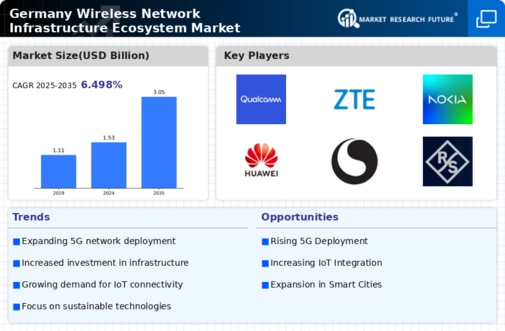
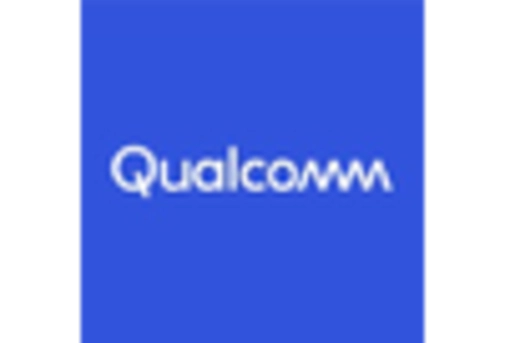


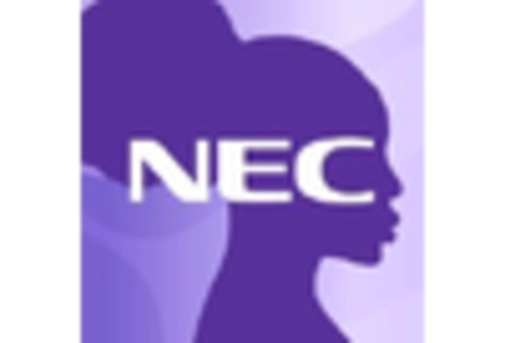
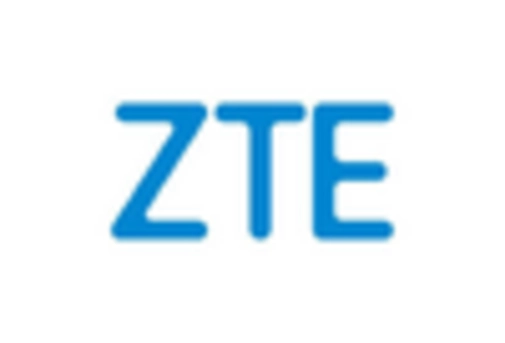

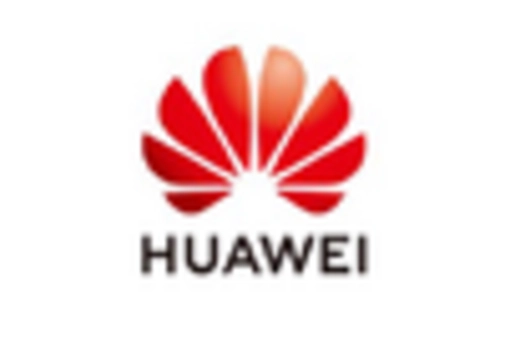










Leave a Comment